
Double stars are two stars that appear close together in the sky. They might be physically related or they might only appear to lie together along our line of sight. Double stars that aren’t gravitationally bound systems – but are only located near one another along our line of sight – are optical doubles. Double stars that are gravitationally bound and orbit a common center of mass are true binary star systems. Unlike our sun, scientists believe that most stars in our Milky Way galaxy orbit the galactic center in binary pairs. In fact, some estimates suggest that up to 85% of stars might reside in binary systems.
Like snowflakes, no two double-star systems are alike. So gazing at them is a lot of fun. You’ll see a huge range of star brightnesses, and a range of different distances between the stars. And sometimes you’ll notice a contrast in colors between the two stars. This post will give you some tips on observing double stars with your eye alone, with binoculars and, if you want to take the plunge, with a small telescope. Read on, and learn to enjoy the sky’s delightful double stars!
Double star observing tips
To see double stars, Earth’s atmosphere needs to be still. A lot of motion in different layers of our atmosphere makes a star waver and dance. Astronomers will then say the seeing is poor. On nights of bad seeing, it can be very difficult for an observer with a telescope to “split” a binary pair into its two components. You might only see a single star. Whenever you’re looking toward a horizon, you’re looking through a thicker layer of atmosphere. So it’s better – when observing double stars – if your target is located near the sky’s zenith (overhead).
A couple other observing factors contribute to whether you can see both components of a double star. Are you under a dark sky? How bright are the two stars you’re trying to see, that is, what are their magnitudes? Stars that shine at 5th or 6th magnitude are quite challenging but possible to observe. And lastly, how far apart are the stars? Anything closer together than 5 arcminutes and you’ll probably want to try using binoculars.
Mizar and Alcor in the Big Dipper
For those new to double stars and new to observing the sky, it’s best to start with something simple. The optical double star Mizar and Alcor in the Big Dipper are a cinch to find. The Big Dipper asterism is a pattern that stands out due to its large size and bright stars. It’s visible year-round from latitudes like those in the northern U.S. and Canada.

Seven stars make up the Big Dipper: four in the bowl and three in the handle. The middle of the three handle stars is the Mizar/Alcor pair. The stars appear about 12 arcminutes apart. So anyone with fair eyesight should be able to see them as two stars. Mizar is the brighter of the two, and Alcor is the dimmer one. Mizar shines at magnitude 2.2 from some 78 light-years away. And Alcor shines at magnitude 4 from about 81 light-years distant. These two stars are physically bound in space.

Mizar and Alcor with magnification
If you’re unable to split Mizar and Alcor with your eyes alone, go ahead and turn a pair of binoculars on them. Splitting Mizar and Alcor was a test of eyesight once upon a time. If you can’t see both without optical aid, maybe it’s time for a visit to the eye doctor?
To go deeper with these stars, look through a telescope and you’ll find that Mizar itself is a double star. The two parts of Mizar are 14 arcseconds apart. Fun fact: each of the two parts of Mizar are also double stars, making it a quadruple star system, not counting Alcor. Alcor is a double star, so in total, this is a sextuple star system.
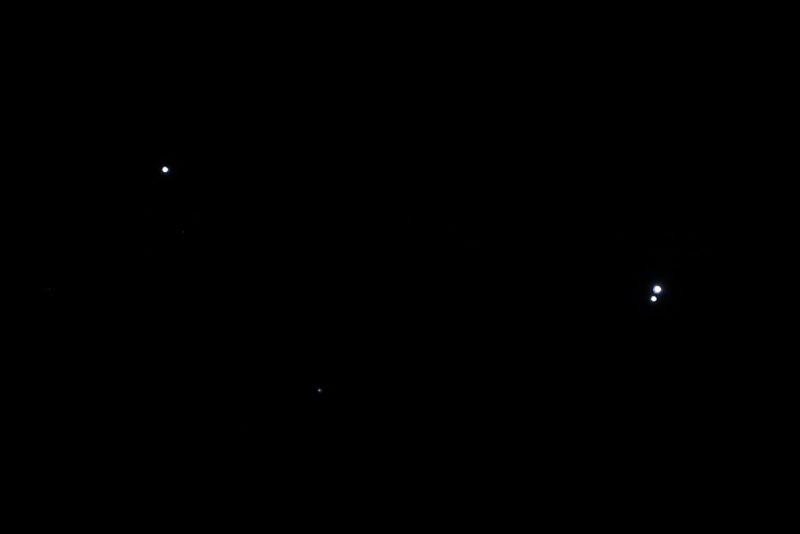
Scorpius holds 2 double star targets
Scorpius, a constellation best viewed in the Northern Hemisphere summer, has two pairs of double stars that you can try to separate using just your eyes. The easier target is Mu Scorpii. Its two components are a binary pair, one at magnitude 2.9 and one at 3.5. Use the chart here to find Mu and then let your eyes adjust to the dark to see if you can spot both the Mu stars. This pair is a little under 6 arcminutes apart.
If you can see them both without optical aid, try looking just below them for the two Zeta stars. These stars are merely an optical double. Zeta 1 is nearly 40 times farther away than Zeta 2. Zeta 2 is magnitude 3.6, just a hair dimmer than the dimmer member of Mu you spotted above. Zeta 1 is the hardest to spot at magnitude 4.7. If you need to use binoculars, go ahead and get a look, then try again without them. These two are about 6 1/2 arcminutes apart.
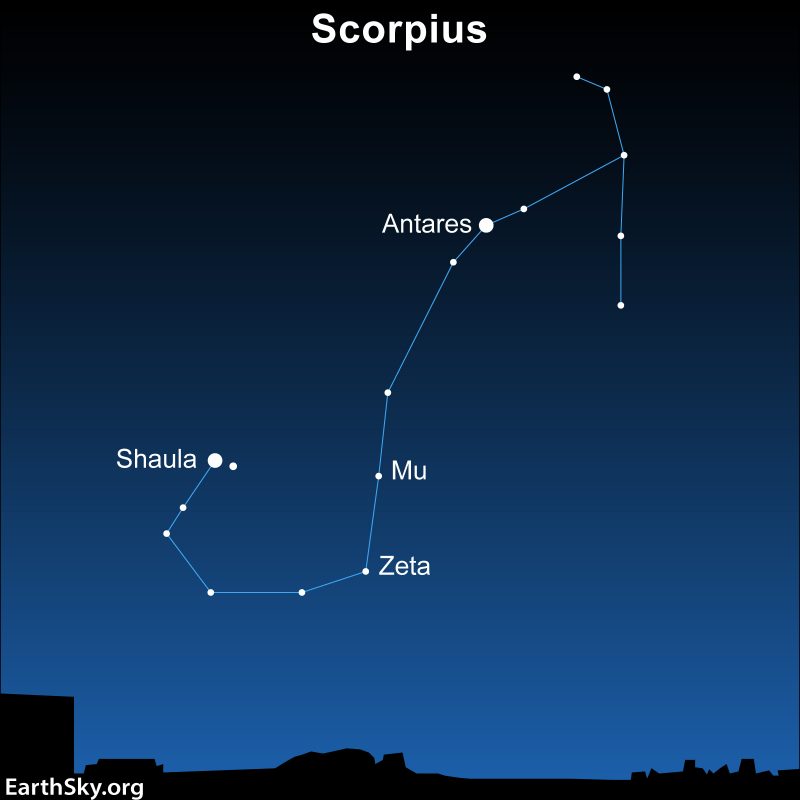
Alpha Capricorni with or without binoculars
Like the double stars in Scorpius, the Alpha star in Capricornus will be visible to some people without any optical aid, while others will need to use a pair of binoculars. Alpha Capricorni is an optical double, that is, they only appear close together from our point of view. Alpha 1 shines at magnitude 4.2 and lies 633 light-years away. Its partner, Alpha 2, which also bears the name Algedi, shines at magnitude 3.5 and lies 107 light-years away. The pair are about 6 1/2 arcminutes apart.
In November 2021, Saturn is in Capricornus, not far from the Alpha pair but moving eastward each night.
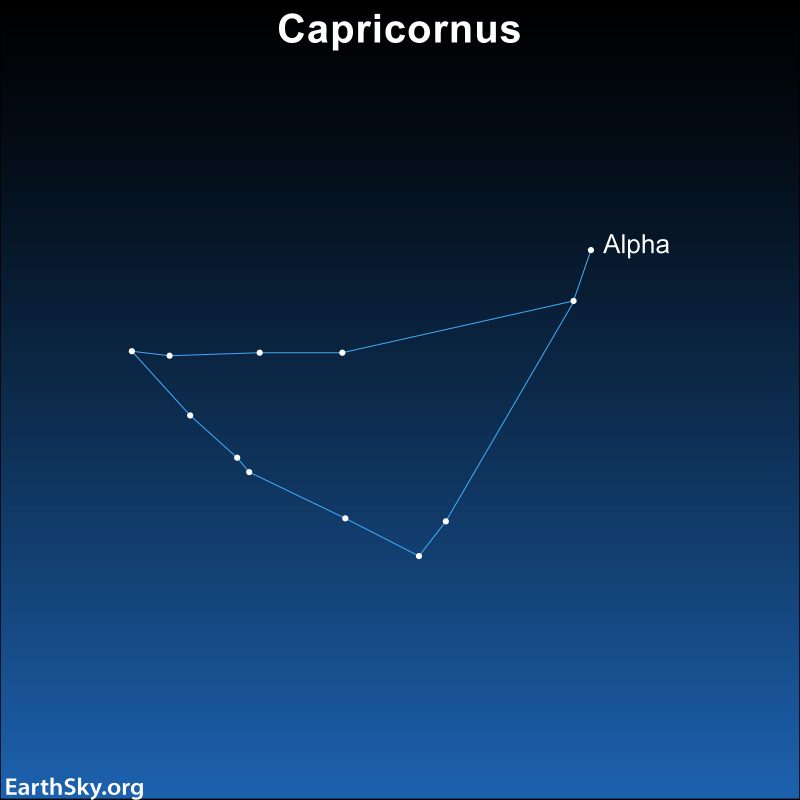
Theta Tauri in the Bull’s head
Next up is Theta Tauri. You might be able to spy both parts of this double star without optical aid, but a steadily held pair of binoculars will make it easier. Theta Tauri is in the V-shape of Taurus’s head, near the brilliant, reddish Aldebaran. Theta 1 and Theta 2 lie about 5 1/2 arcminutes apart and shine at magnitudes 3.3 and 3.8.
When the two parts of the double star are similar in brightness or magnitude, they’re easier to split than when one is brighter than the other. Is Theta Tauri easier for you to see than Mu Scorpii?

Epsilon Lyrae, the famous Double Double
The Double Double – Epsilon Lyrae – is a system of two pairs of double stars in the summer constellation Lyra. But you can still see Lyra on November evenings before it sets in the west. Lyra has many double stars. How many can you find if you sweep the area in binoculars?
The famous Double Double has stars around magnitude 5. The stars are simple to find, next to the brilliant Vega. Epsilon 1 and Epsilon 2 are about 3 arcminutes apart, with the additional two parts of both Epsilon 1 and Epsilon 2 each being about 2 arcseconds apart. Look for the first pair of stars in binoculars. You may need a telescope to see each of those stars separate into two more stars.
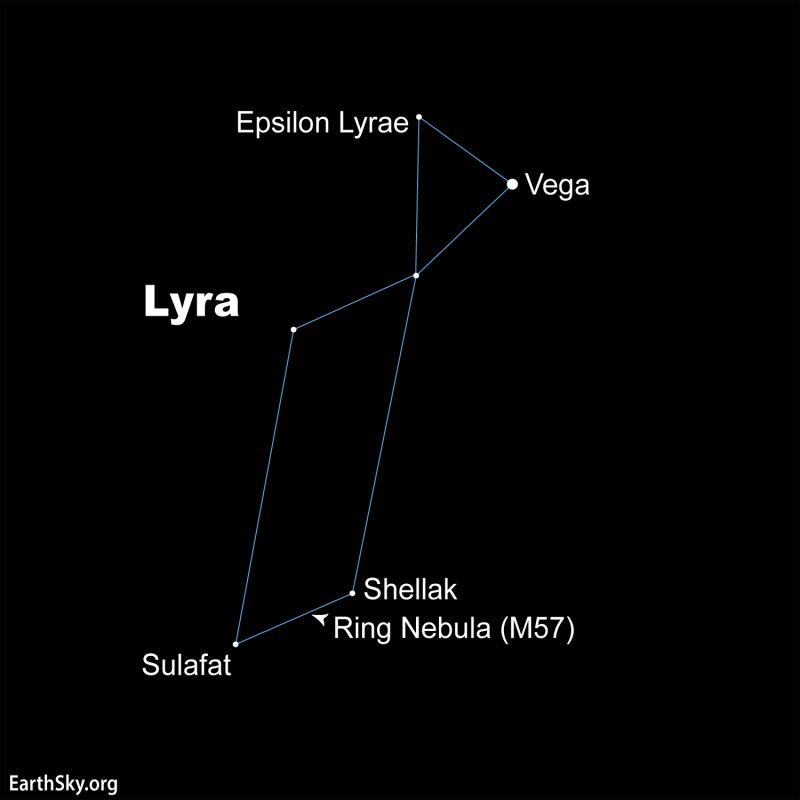

Colorful Albireo
Albireo – or Beta Cygni – has earned the nickname of the most beautiful double star in the heavens. This blue and yellow pair lies just 35 arcseconds apart from our point of view. Astronomers don’t yet know if this is a physically bound pair or just a line-of-sight coincidence. The two parts of Albireo shine at magnitudes 3.1 and 5.1. Albireo marks the head of Cygnus the Swan.
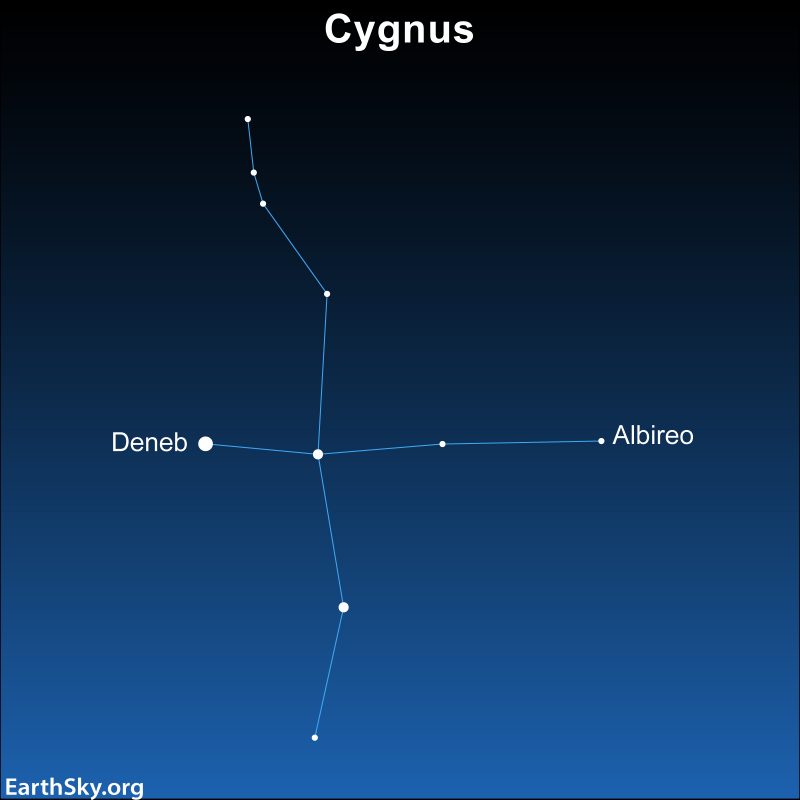
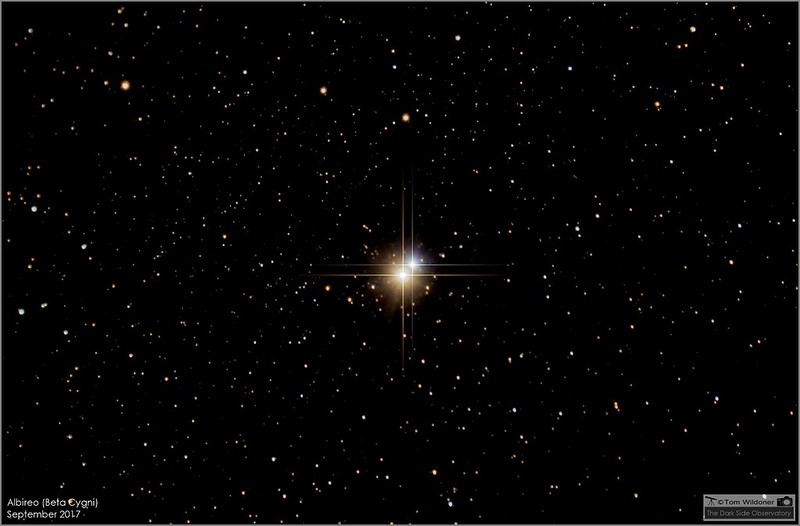
The Southern Hemisphere’s Alpha Centauri
The brightest star in Centaurus, found in the Southern Hemisphere, is not only a multiple star system but the closest star to Earth at 4.37 light-years. Alpha Centauri can be split into its components A and B. They are a true binary pair, being gravitationally bound.

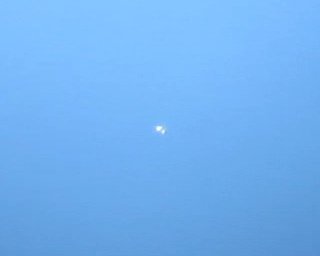
Once you get used to spotting double stars, you’ll find them in constellations everywhere. Good luck, and clear skies!
Bottom line: This double star observing guide gives you a range of choices for observing with your eyes alone, or go further using binoculars or a telescope.
The post Double stars: How to find, observe and enjoy first appeared on EarthSky.
0 Commentaires